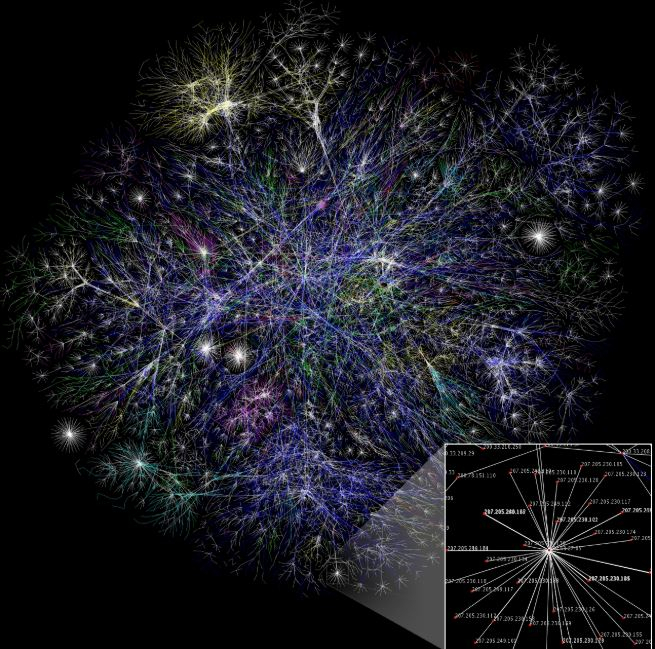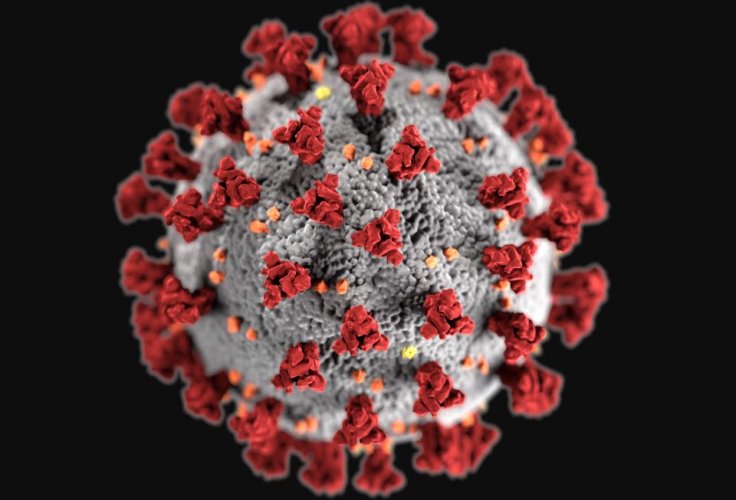With the spread of COVID-19 showing no signs of slowing down, leaders of states and health authorities across the world are clamouring to take the right steps that can stop the march of the disease. Their decisions on the economy and public health are informed by existing mathematical and simulation models, which do not factor in changes in the pathogen and the disease itself. Now, a new study claims the development of a model that addresses the flaw and may serve as an ideal replacement.
Researchers from Carnegie Mellon and Princeton University have developed a new mathematical model that can improve tracking and response to an epidemic by factoring in the mutations or evolutionary adaptations of the disease. Borrowing from the manner in which information spreads on social networks, the model translates to the spread of disease in the real world, which the authors note are similar.
"We want to be able to consider interventions like quarantines, isolating people, etc., and then see how they affect an epidemic's spread when the pathogen is mutating as it spreads," said H. Vincent Poor, a researcher on the study, in a statement.

Current models not inclusive of changes
The study highlights that currently employed models that monitor the spread of an epidemic, rely on data gathered by doctors and healthcare workers to predict a disease's progression. According to Poor, the design of these models does not account for the changes that the tracked disease undergoes. It is this lack of factoring in of changes that impedes the ability of leaders to tackle the spread of the disease.
Knowledge and insights about how an adaptation or mutation can impact the pathogen's virulence or rate of transmission can help authorities deploy countermeasures such as isolation orders or assigning of resources to a specific area. "In reality, these are physical things, but in this model, they are abstracted into parameters that can help us more easily understand the effects of policies and of mutations," said Poor.
Inspired by the spread of information on social networks
What makes this model exciting is that it borrows from the idea of the movement of information on social networks. The similarities between the spread of information and a biological infection are extraordinary. Slight changes in the information themselves affect the manner in which the information spreads. And if the information received is exciting, recipients are more likely to share it with individuals or even larger groups of people. Therefore, accounting for such variations can enable one in knowing how alterations in the message can change the target audience itself.

Drawing attention to the similarities between the spread of information or a rumour through a network and that of a virus within a population, Poor said: "Different pieces of information have different transmission rates. Our model allows us to consider changes to information as it spreads through the network and how those changes affect the spread."
Poor, who is Princeton's interim dean of engineering, added that the model was agnostic (i.e) it is compatible with the tangible physical network among people. He also went on to explain that information is converted into graphs of linked nodes. The nodes, he said, could be sources of information in the case of a network, or the potential source of an infection in the real world.
Potential to help leaders make decisions during epidemics
One of the primary challenges faced during an ongoing pandemic is the acquisition of precise information, especially when conditions fluctuate on a daily basis. Also, in the duration taken to make sense and use of the gathered information, circumstances may shift, making developed contingencies redundant. Drawing attention to the current COVID-19 pandemic, Poor said: "It's like a wildfire. You can't always wait until you collect data to make decisions — having a model can help fill this void."

If the model can accurately factor measures necessary to fight the spread of disease, critical insights can aid leaders in making informed decisions during pandemics. "Hopefully, this model could give leaders another tool to better understand the reasons why, for example, the COVID-19 virus is spreading so much more rapidly than predicted, and thereby help them deploy more effective and timely countermeasures," said Poor. The researchers are also working on adapting the model to take into consideration the effect of public health measures deployed to contain an epidemic.









